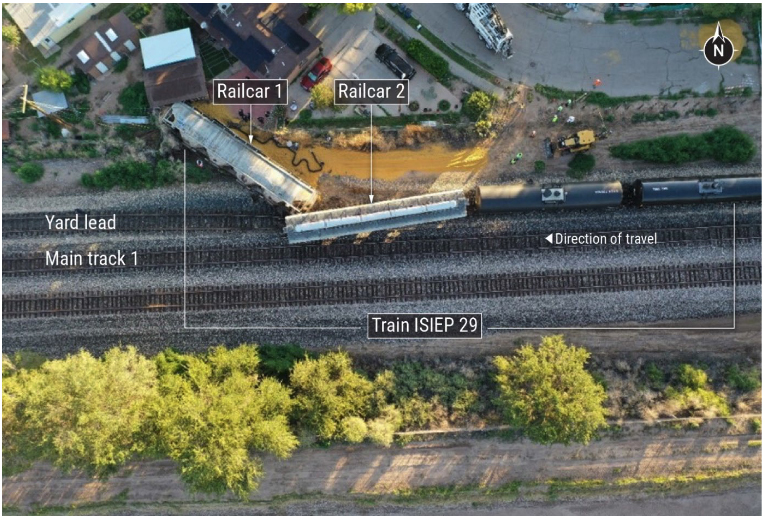
WASHINGTON — A communication breakdown over granting permission for a train movement into the yard, as well as regarding placement of a portable derail device, was the probable cause of the August 2022 fatality of a Union Pacific conductor at a yard in El Paso, Texas, the National Transportation Safety Board determined in its final investigation report issued today (Thursday, May 16).
The incident occurred Aug. 29, 2022, at about 9:14 p.m. near UP’s Alfalfa Yard, and derailed two cars into the back yard of residence, where one struck a natural gas line [see “Crew member dies in Union Pacific derailment …,” Trains News Wire, Aug. 30, 2022]. Train ISIEP 29 was conducting a shoving move into the yard, with the train’s conductor riding the first rail car, when it struck the derail, overturning the two cars. The train was moving about 8 mph at the time.
Emergency responders found the conductor and pronounced him dead at the scene; they also reported the strike of the gas line, which led to an evacuation of residents for about 90 minutes before Texas Gas Service determined there was no leak.
The derail had been place to protect a maintenance-of-way crew installing a switch. But the work, which had been intended to be completed during daylight hours, had been delayed by about 5 hours, and the flags marking the derail’s location were no longer visible at night. The dispatcher and manager of terminal operations (MTO)— who controlled train movements within the yard — were aware the work was still going on, and granted the train permission to make the shoving move into the yard. But they failed to communicate with the Employee In Charge of the maintenance crew before doing so.
“This denied the EIC an opportunity to remind the MTO and third-shift dispatcher of the portable derail rendering the yard lead inaccessible,” the NTSB says in its report. “If the MTO or third-shift dispatcher had contacted the EIC about train ISIEP 29’s planned movement into the yard lead, the accident likely would have been prevented, either by withholding permission to proceed or by removal of the portable derail.”
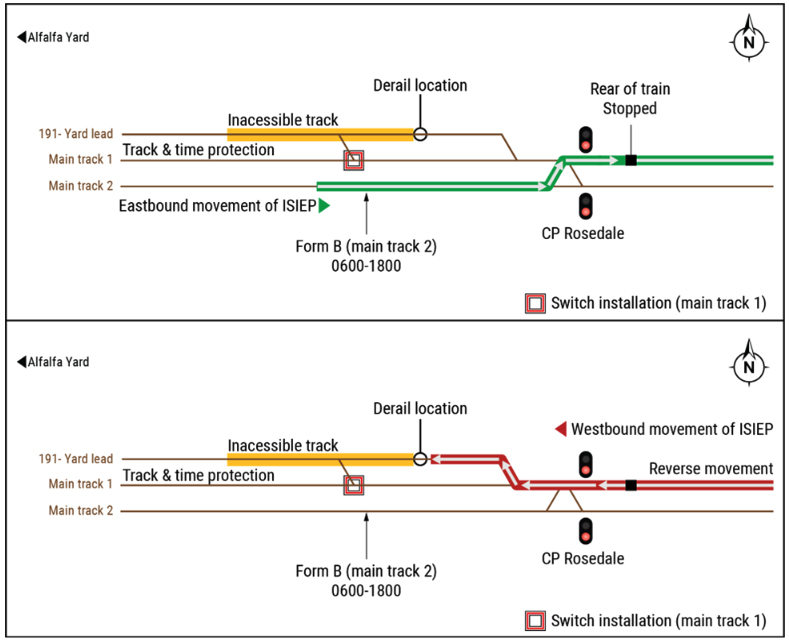
The report also notes an illuminated derail likely would have allowed the conductor to see it and call for the train to stop before derailing.
As a result of the incident, the Federal Railroad Administration issued a safety advisory on the importance of ensuring portable derails are clearly visible, and that procedures are in place to ensure they are removed when not needed. Union Pacific updated its rules on the use of derails to require a red reflectorized flag 150 feet away from the placement of a derail, and placement of a red light at night; introduced a form to improve information sharing on track maintenance in yard facilities; and conducted safety and training sessions with dispatchers on the importance of clear communication.






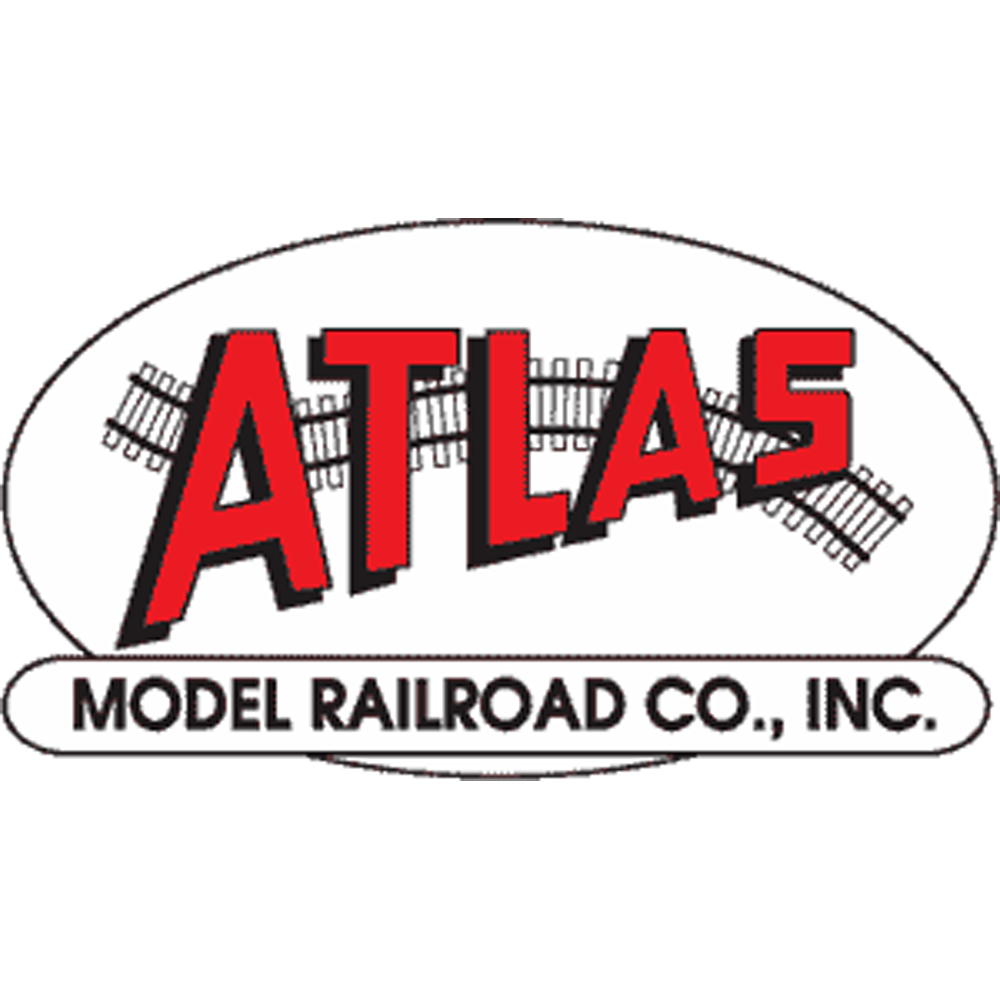
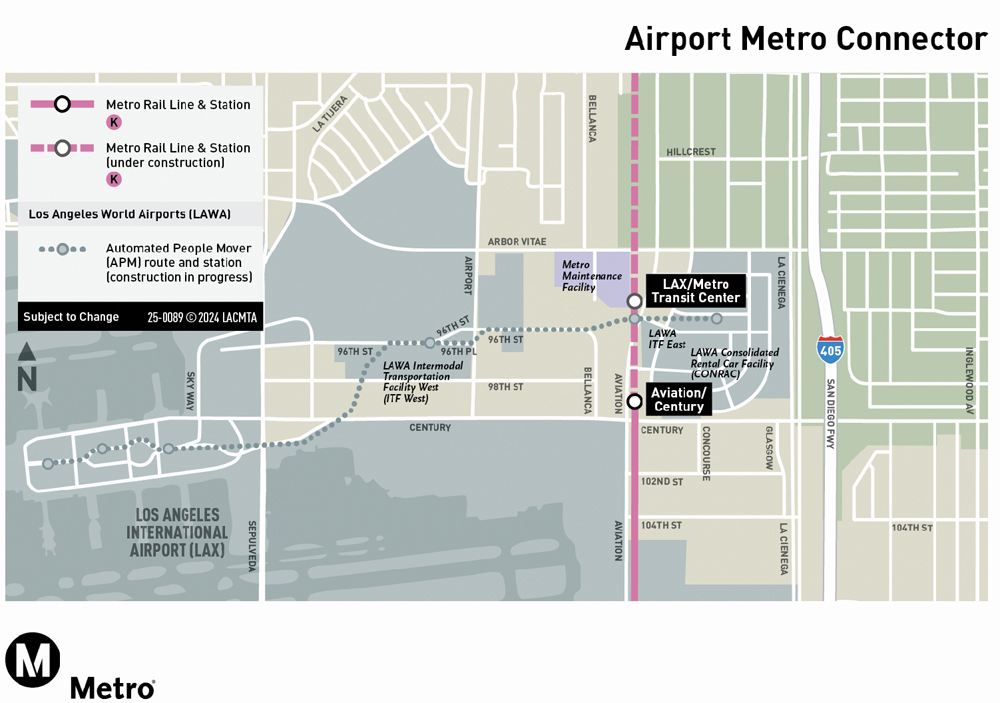
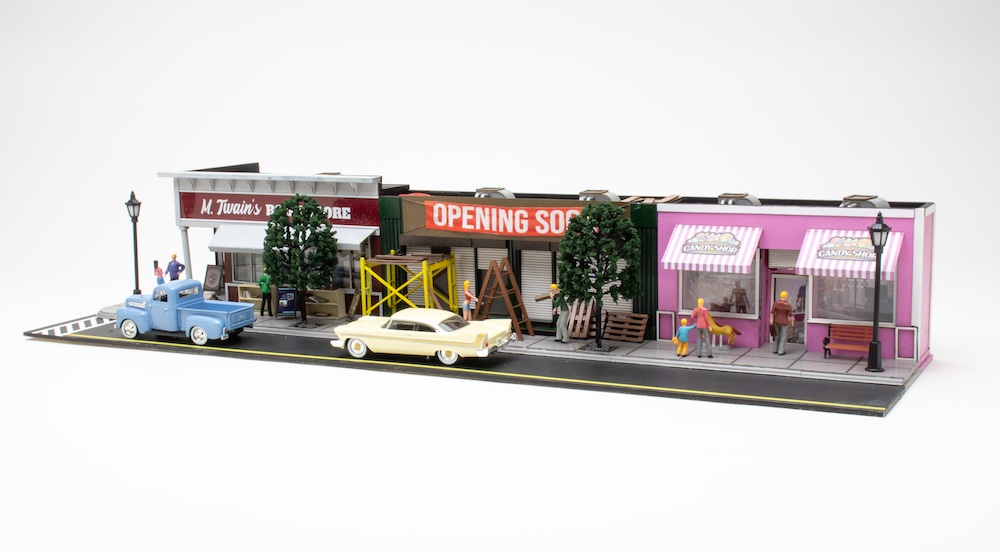
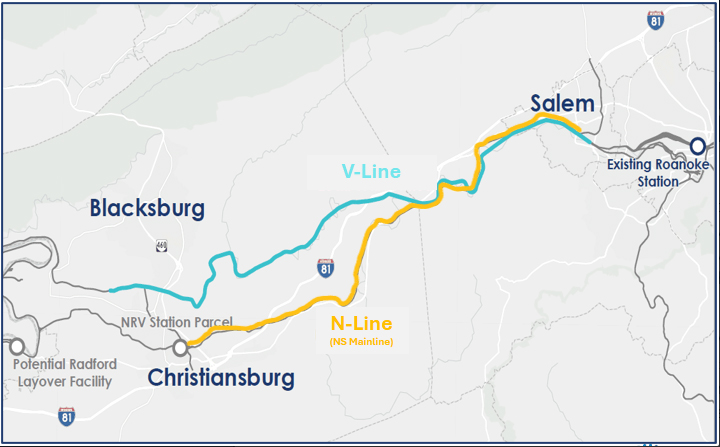




So, if I understand correctly, the portable derail device is used to protect workers downstream of a rail siding (in this case I assume). And did work correctly, as the cars derailed, but due to the position of the conductor, it created another safety hazard.
I am a novice, but it does sound like the device (the derailer) should be the last safety device in a series of warning lights or signs, not something relied upon to prevent an accident down track of the device. I know communications were the error here, for that was part of the safety design setup for the use of the device, but I would think there would be a whole pile of other warnings somewhere up track of the device???
Maybe I am not getting the full picture.
It has ALWAYS been said RR rules are written in BLOOD. In this case the new SOP’s wiil be written in the deceased conductors blood. Another case of Monday morning quarterbacking, and so very sad for all affected. Family, co-workers and friends of family. RIP And you personally sacrificed to further RR safety. Murphy’s Rule strikes again. There are just so many many ways RRing is dangerous and to imagine them all it is difficult for safety protcol to be established. endmrw0518241103
True, but these failures almost always result because of a lack of application of common sense by someone. The lighting and marking of a portable derail for night awareness (or even a blue flag and light), or the MTO not thinking to notify the train crew of a possible derail in position when he knew there possibly was one are just examples. Now they have been codified but that doesn’t help the family who lost their father and wage earner. His blood did make it a rule but it didn’t need to be that way and that is the unfortunate part.